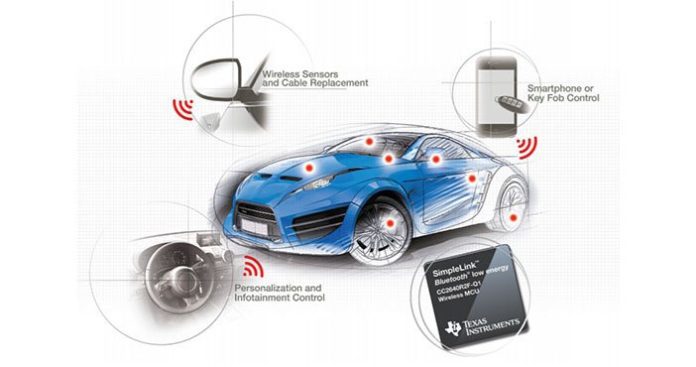The automotive industry has been experiencing a tremendous transformation. For many consumers, cars are evolving from being just a transport medium to becoming an integral part of their digital lives. The modern automobile is a technology hub hosting wireless technologies like GPS, Bluetooth®, Wi-Fi®, near field communication (NFC) and cellular (4G/5G), all serving as complementary connectivity options to help enhance functionality, user safety and comfort.
One of the latest developments in the midst of this transformation is automotive original equipment manufacturers’ (OEMs) embrace of Bluetooth low energy (BLE) technology because of its technical merits and embedded presence in smartphones. The intent is to enable consumers to use their Bluetooth low energy-equipped smartphones and portable devices to manage applications revolving around in-vehicle control, personalized infotainment, vehicle diagnostics, car access, vehicle sharing and piloted parking. As the industry also evolves to be greener, replacing cables using low-power wireless technology is another major potential for BLE.
Embedded into modern smartphones, wearables and tablets, BLE technology enables consumers to use their own mobile devices to interact with any Bluetooth low energy enabled device. Bluetooth low energy is attractive for automotive applications because of its ability to work with applications on now-ubiquitous smartphones. The idea behind virtually connecting smartphones with automobiles is to increase driver and passenger convenience and to bring a consumer’s personalized entertainment and connected experience into the car environment safely and easily.
Examples of Bluetooth low energy-enabled automotive applications revolving around smartphones include:
- Smart vehicle access
- Car sharing
- Vehicle diagnostics information
- Driver assistance and personalization
- Piloted/assisted/remote parking
Read more about Bluetooth low energy and the automotive transformation in this white paper.

